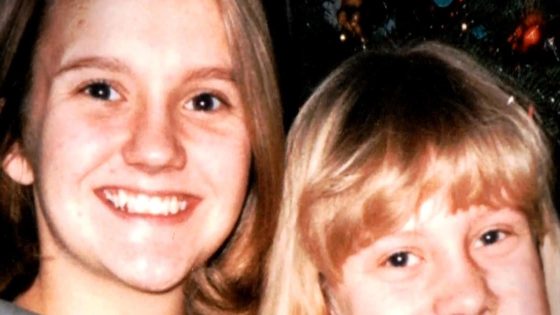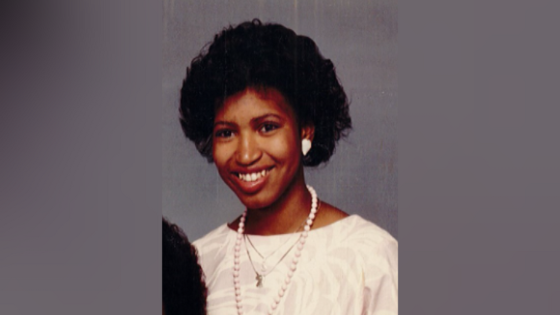In the quiet, unassuming town of Loxahatchee, Florida, a remarkable story began to unfold that would unfold decades after a tragic event. It was December 1982 when a real estate agent, conducting a routine assessment of land, stumbled upon something that would haunt the community for generations: the remains of a woman who had met a violent end. The discovery, horrific yet shrouded in mystery, initiated a long and arduous journey toward identification that stretched over 40 years.
- Woman identified after 40 years of mystery
- Remains found in Loxahatchee, Florida
- Shot in the head, ruled a homicide
- Jewelry led to her nickname "Jeweled Mom"
- Othram used genetic genealogy for identification
- Leona Jean Keller was 37 at death
By the time investigators unearthed her body, the woman was known only as “Jeweled Mom,” a nickname inspired by the five pieces of jewelry found alongside her remains—a silver handcrafted heart-shaped pinky ring, a gold mariner’s anchor necklace, a wristwatch, a four marquis cut ring, and a diamond ring in a 14K white gold setting. Details released by the authorities painted a haunting picture: the woman was a White female, aged between 24 and 34, who had been shot in the head. At the time, she was reportedly believed to have two or more children. Despite the evidence, the investigation went cold, with DNA samples entered into national databases yielding no matches.
Fast forward to 2021, when the Palm Beach County Sheriff’s Office partnered with a specialized firm, Othram, that employs cutting-edge genetic genealogy techniques to tackle cold cases. As technology advanced, hope rekindled; the detectives were eager to breathe new life into the dormant investigation.
“Every victim deserves to be known and remembered,” one investigator noted, expressing a sentiment that resonated throughout the law enforcement community. Forensic evidence was meticulously submitted to Othram’s laboratory, where scientists were able to extract DNA and build a new profile. This advanced technique utilized existing relatives’ DNA to trace familial connections rather than aiming for a direct match, a nuanced approach that has proven effective in numerous cases across the nation.
With a renewed sense of purpose, the Othram team embarked on a genealogy search, yielding new leads about the woman’s identity. The information was shared with investigators, who promptly launched a follow-up investigation; they interviewed potential relatives and collected reference blood samples for comparison.
Then, in a moment that captured the essence of a long-awaited resolution, Othram confirmed that the remains belonged to Leona Jean Keller, a mother who had vanished from her family’s gaze for far too long. Keller was just 37 years old at the time of her death, and her tragic story began to emerge from the shadows of anonymity. As family members learned of the identification, emotions ran high. “It’s a relief to finally know,” one relative shared, punctuating the decade-long anguish of uncertainty.
Historical context adds depth to this story, demonstrating how advanced forensic methods have revolutionized the approach to unsolved cases. Keller’s identity brings to closure what once seemed an insurmountable mystery for law enforcement, highlighting Othram’s groundbreaking work in the field. To date, this case marks the 36th in Florida where Othram has empowered law enforcement to identify victims through their innovative forensic techniques.
As this chapter concludes, questions remain—what led to Keller’s tragic demise, and who was responsible for the violence that took her life? Investigators now look to piece together the final puzzle, hoping that the resurfacing of Leona’s name will lead to justice being served. As authorities continue their work, the echoes of the past remind us of the lives affected by violence and the relentless pursuit of truth and closure for families left in the dark.

































